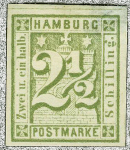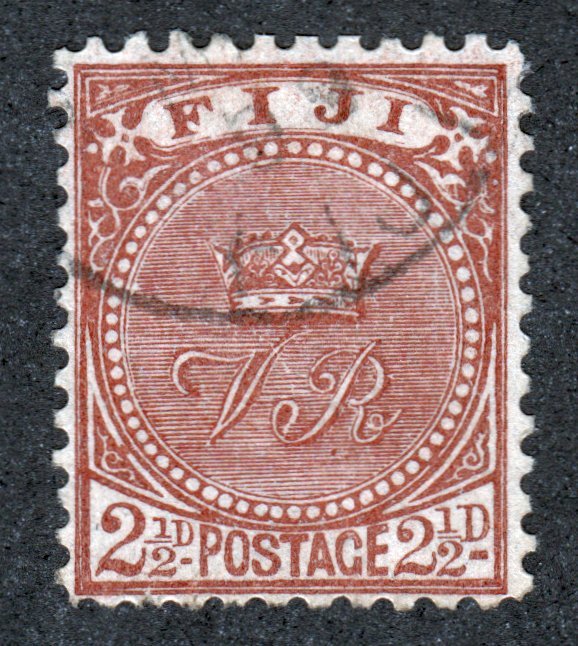
Discussion - Member to Member Sales - Research Center

Discussion - Member to Member Sales - Research Center


03:45:43pm

Login to Like
this post
As i understand it technically i think the farleys are guide lines since lines were meant to be cutting lines for separating the panes as the farleys were not coils. There are several possible combinations including the centreline block of four, the various vertical and horizontal combinations of 2 and 4 and of course the the arrow combo running into the sheet margin and finally the plate number. A guideline is deliberate incision in the plate and the joint line is a result of the seam in a cylindrical plate and thus may be more smeared.

Login to Like
this post
Back when I had a bunch! I think, therefore I am - I think! Descartes, sort of!
15 Nov 2019
03:45:43pm
I am still learning after almost 50 years of collecting. I only found out about line pairs since I joined SOR this year. I just never really noticed and none of my friends are stamp collectors and there are very few in the Halifax N.S. area. I bought a beautiful line pair with full margins for US #760, one of the Farleys. It is not only a line pair, but the line continues into a full margin and becomes an arrow. I call it an "arrow line pair", but am curious if it has an official name. Also would all line pairs with a margin look like this? I also heard about "paste-up pairs" lately and managed to to pick up a beautiful paste up four of two each of Canada MR7 and MR7A, two war tax coils, pasted together. If this were a pair it would be MR7v in Canada specialized catalogs. It really is amazing how much about the hobby some of still have to learn! There's something else I'd like to know. I read somewhere there are two types of line pairs, one where it is a marker and there other where the line is caused by excess ink during printing. This latter type makes no sense to me since I can't see how a regular line would be possible. Any comments on any of the above?

Login to Like
this post
07:07:17pm
re: Is there a name?
As i understand it technically i think the farleys are guide lines since lines were meant to be cutting lines for separating the panes as the farleys were not coils. There are several possible combinations including the centreline block of four, the various vertical and horizontal combinations of 2 and 4 and of course the the arrow combo running into the sheet margin and finally the plate number. A guideline is deliberate incision in the plate and the joint line is a result of the seam in a cylindrical plate and thus may be more smeared.

Login to Like
this post

